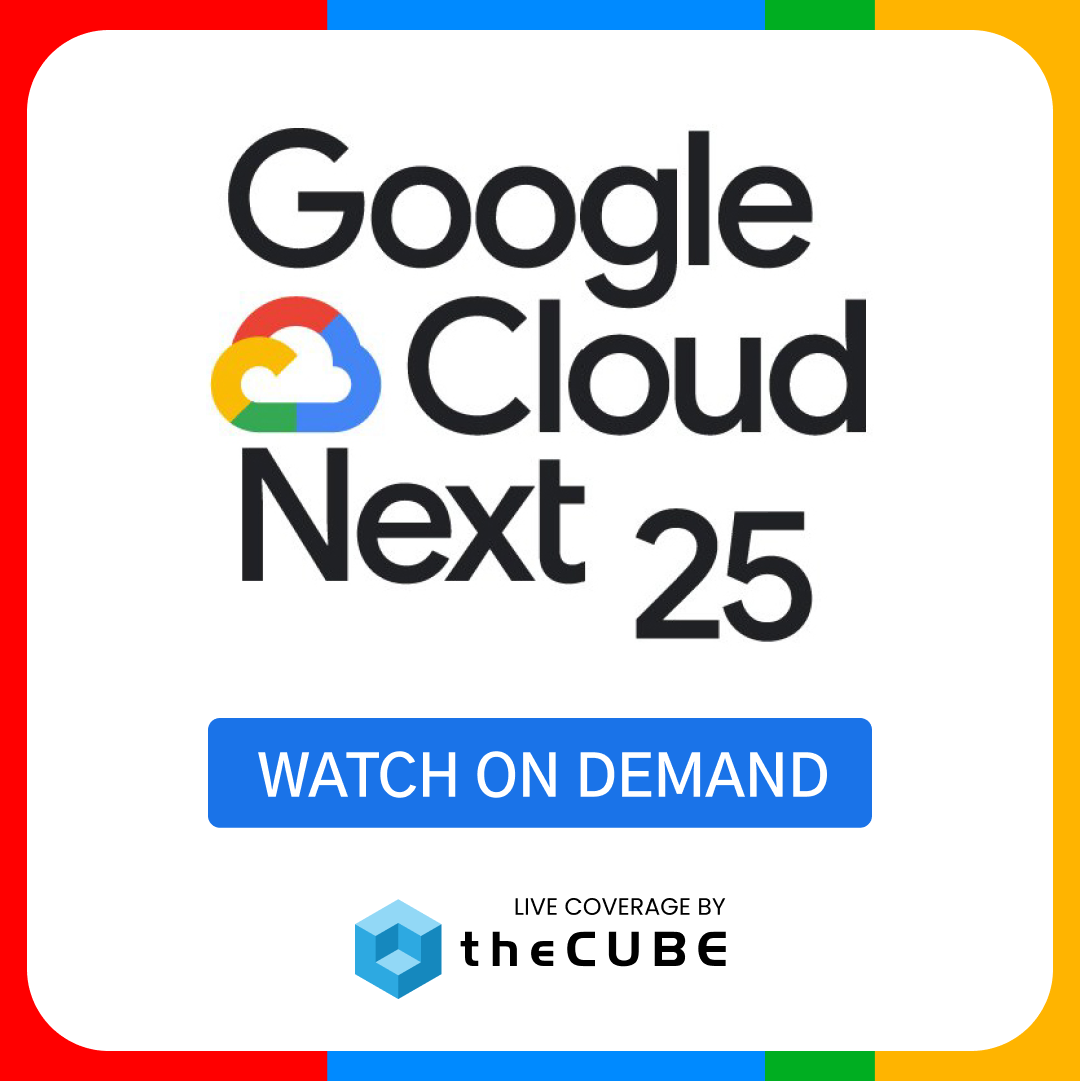Zero net smart homes + the downside to “unblessed” Nest integration
![]() This week’s SmartHome roundup includes the future of home monitoring and security services, a zero net energy home, and a lesson on unsanctioned Nest integration.
This week’s SmartHome roundup includes the future of home monitoring and security services, a zero net energy home, and a lesson on unsanctioned Nest integration.
Home monitoring and security market share will soon decline
.
A new report from ABI Research paints a sad picture for the future of vendors selling an undiversified selection of only home monitoring and security services. As more people look to automate their homes, buyers will seek solutions that offer both home automation and security, and without having to invest in too many devices. It is expected that top tier players in the smart home market will only grow their portfolio of standard services – one-stop shops.
ABI’s report stated that it expects the home monitoring and security market to see its market share drop by 50 percent, as smart home adoption grows by 37 percent between 2013 to 2019.
“The potential for each vendor in the managed smart home market stems not just from their current offerings but also from their ability to introduce smart home services to new and existing customers. Monitored security has long seen its market penetration stymied and the ability of smart home applications to widen its appeal is uncertain at best,” said Jonathan Collins, principal analyst at ABI Research.
The report validates the bundle approach from top tier brands, utility providers in particular. These are among the first and most familiar brands to introduce smart home solutions into the mainstream, and are leveraging this initial interest in home monitoring and security. iControl, a home automation software provider to Time Warner, Comcast and ADT, calls out the security market as the most promising for mass market adoption.
“Our research indicates that when you layer all of those connected home features on top of a security solution, you’re likely going to double the size of the market,” said Greg Roberts, Vice President of Marketing at iControl in a recent interview.
Honda Smart Home US
.
Honda has officially opened the Honda Smart Home US, featuring technologies that enable zero net energy living and transportation. This smart home’s claim to fame is that it produces more energy than it consumes in a year. Located on the West Village campus of the University of California, Davis, one member of the UC Davis community will be selected to reside in this technologically advanced home. The lucky employee hasn’t been announced yet, but aside from winning the experience of a sustainable home life, a Honda Fit EV will be provided for transportation.
Honda EV Smart Home
The house includes a 9.5kW solar photovoltaic (PV) system mounted on the roof, which produces more energy than what the house requires for heating, cooling, ventilation, lighting, hot water, appliances and consumer loads, and charging the Honda Fit EV. The house also allows for DC-to-DC charging, which means the Honda Fit EV can directly access power from the solar panels, allowing it to fully charge in just two hours directly from sunlight.
The house is designed in such as way that it maximizes natural sources of energy, and used pozzolan-infused, post-tensioned concrete to reduce materials. Making concrete requires the burning of fossil fuels, which produces carbon dioxide emissions.
The house also features a smart lighting system that is not only energy efficient, but designed to support the health and wellness as well. Researchers at the California Lighting Technology Center at UC Davis explored a new circadian color control logic, which mimics natural shifts in daylight that occur from morning to night. The goal is to energize means home occupants for the morning, and ready them for restful sleep at night.
Unsanctioned Nest integration
.
The Nest Smart Thermostat is a hot commodity right now, as demand grows for remote thermostat controls and learning systems. Nest is especially popular because of its early retail presence in Apple stores around the nation, and its recent acquisition by Google. Thanks to its mainstream appeal, Nest is an in-demand device for machine-to-machine integration. Unfortunately, the API for Nest integration is not yet publicly available. As of now, only Control4 and Mercedes-Benz have been authorized to integrate Nest to their systems.
image: Nest
Nevertheless, crafty developers have found a way to integrate Nest into some smart home systems, most recently Insteon and BitWise. Good news for consumers, right? Wrong. Because the integration is unofficial, any changes Nest makes in its cloud-based software can sever device integration. The result is more developer time devoted to the maintenance of Nest integration, and a potentially poor user experience. Without an open API, integrators are limited in the amount of control they can customize for Nest.
Nest spokesperson Ha Thai tells CE Pro that developers accessing Nest products and services in an unauthorized way leads to a second-class customer experience compared to the direct use Nest’s API. Fortunately, Nest is also working towards an open API offering.
“We’ll be making our API available to developers shortly and that will be the tested and documented way for third parties to access Nest products and services,” Thai said.
A message from John Furrier, co-founder of SiliconANGLE:
Your vote of support is important to us and it helps us keep the content FREE.
One click below supports our mission to provide free, deep, and relevant content.
Join our community on YouTube
Join the community that includes more than 15,000 #CubeAlumni experts, including Amazon.com CEO Andy Jassy, Dell Technologies founder and CEO Michael Dell, Intel CEO Pat Gelsinger, and many more luminaries and experts.
THANK YOU

















